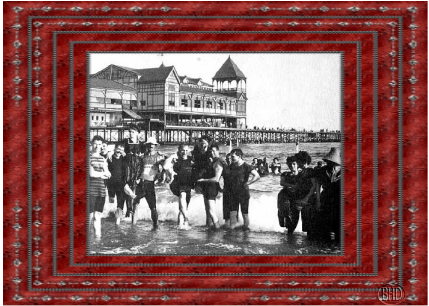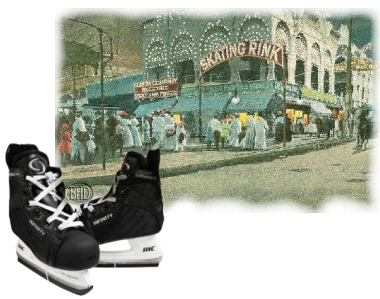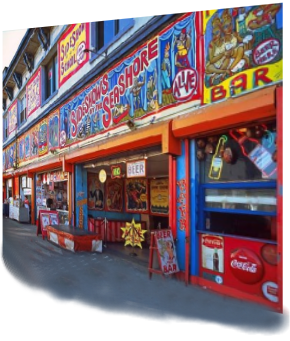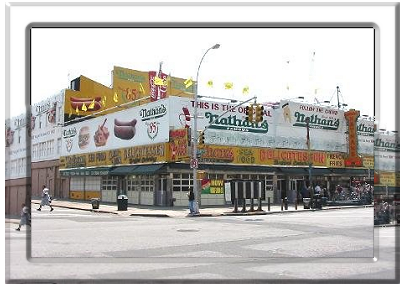
Ok gang, pack up the kids and stroll with me over to the F Train which will take us all the way to the one and only....are you ready for this?
Coney Island!
When I first moved to New York I really wanted to go to Coney Island but didn't know how to get there or have anyone to go with me, so it took me a while before I got there but I wasn't disappointed!
The beach, the boardwalk, the amusement park, the freak shows and the hot dogs!!
Just like in the movies!
They still have the hot dog eating contest every 4th of July and it really is a big deal, there was even some sort of arrest of the former champ this year....so exciting!
Since we are approaching the last hurrah of summer I thought it was time for a visit to the place that just has to be visited before summer is over.

Coney Island is not actually an island, but a small peninsula that hangs from the southernmost edge of Brooklyn. It is easily accessible from the city’s other boroughs and points inside Brooklyn by car and by subway. The peninsula contains several distinct neighborhoods: the private residential community of Sea Gate on the western tip, Manhattan Beach at the far eastern edge, and Brighton Beach and Coney Island in the middle. The Coney Island neighborhood itself comprises a mix of uses, including high-rise residential development as well as two-family and single-family dwellings; some neighborhood retail along Surf Avenue, Mermaid and Neptune avenues; and the centrally located amusement area.

The historic amusement area spans from West 8th to West 24th Street, and from Surf Avenue to the Atlantic Ocean. In addition to amusement parks, rides and concessions, this area contains a three-mile beachfront boardwalk, the New York Aquarium, KeySpan Park—home of the Brooklyn Cyclones minor league baseball team—and Asser Levy Park and Amphitheater.

Since the early 1800s, Coney Island, “playground of the world,” has played many roles in the lives and imagination of New Yorkers and the world. From its beginnings as a quiet seaside town, Coney Island went on to boom years in the 1880s, as entrepreneurs rushed to stake their claims and make their fortunes. The area enjoyed brief stability in the late 1890's and early 1900's, the heyday of Luna Park (1903-1946), Dreamland (1904-1911) and Steeplechase Park (1897-1907, 1908-1964), Coney Island’s famed amusement parks, but with the Great Depression, Coney Island transformed once again. The area became a “Nickel Empire” of cheap amusements; a nickel paid the fare on the new subway line, and visitors were greeted by the original Nathan’s Famous, home of the five-cent hot dog. The amusement parks struggled to stay afloat and Coney Island began to experience hard economic times. Nevertheless, Coney Island continued to provide an accessible and affordable opportunity for a diverse population, always looming large in the history of New York.

Today, Coney Island is in the midst of a revival, spurred by public, private and community initiatives. KeySpan Park remains sold out season after season and the amusement area has witnessed ever-greater crowds for both everyday beach activities and events, from the annual Mermaid Parade, Siren Festival and rock concerts occasionally held at KeySpan, to mini-marathons and summertime concerts held at the Asser Levy Park Amphitheater. With the creation of the Coney Island Development Corporation, the area is poised for further positive change, in which the Parachute Pavilion will play a vital part.
New Yorkers need to make sure we always have a Coney Island!

You can visit the site below for current goings on:
Until next time, make mine with mustard and hold the onions!
